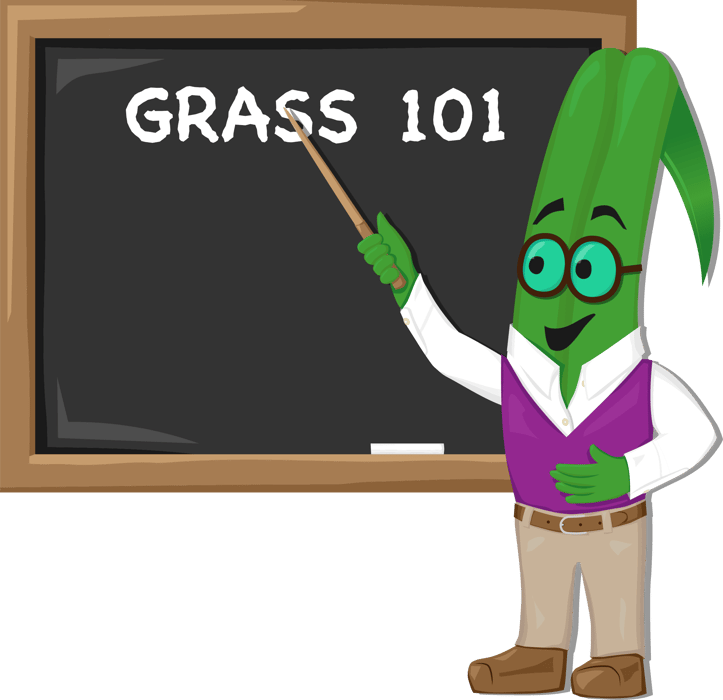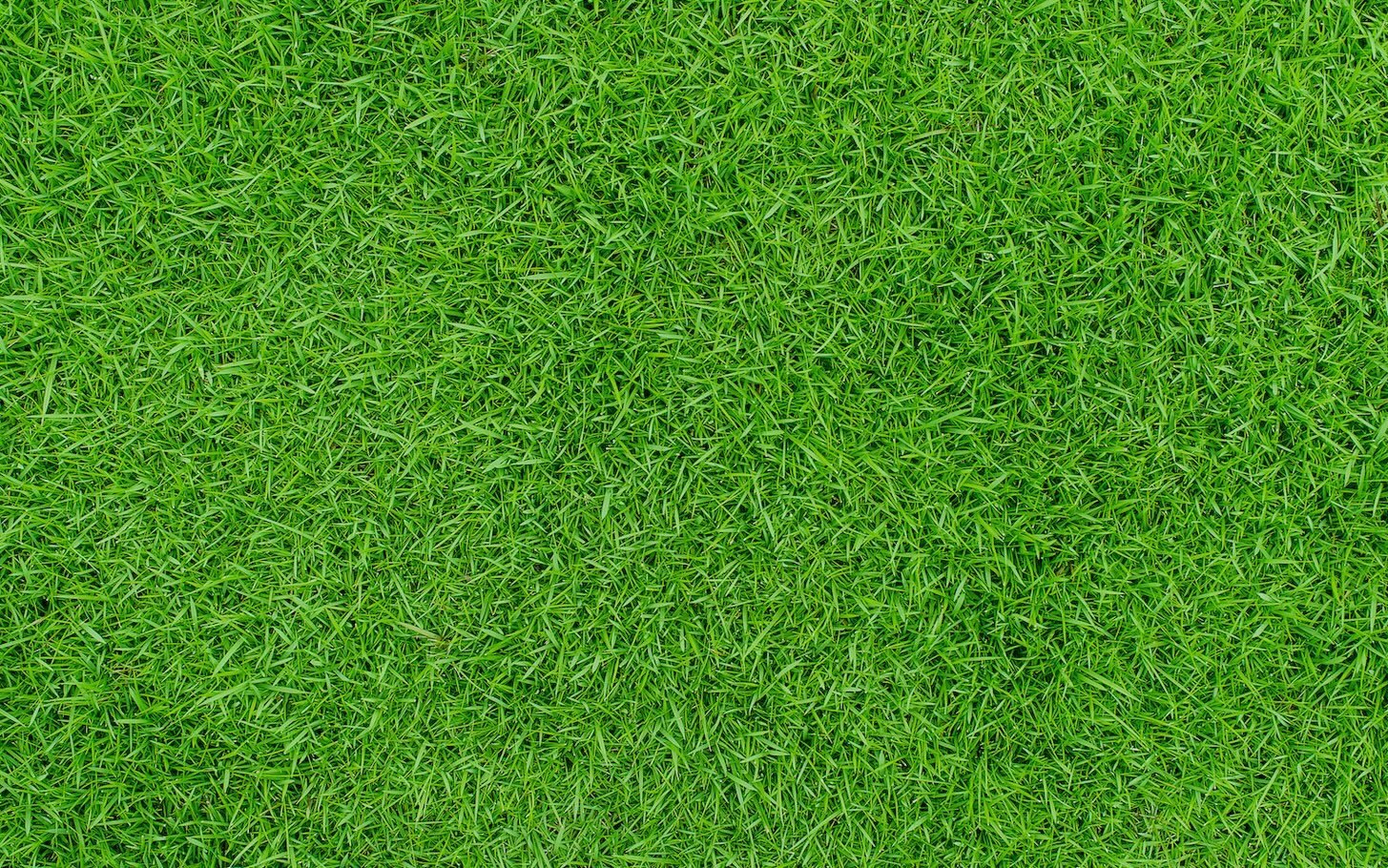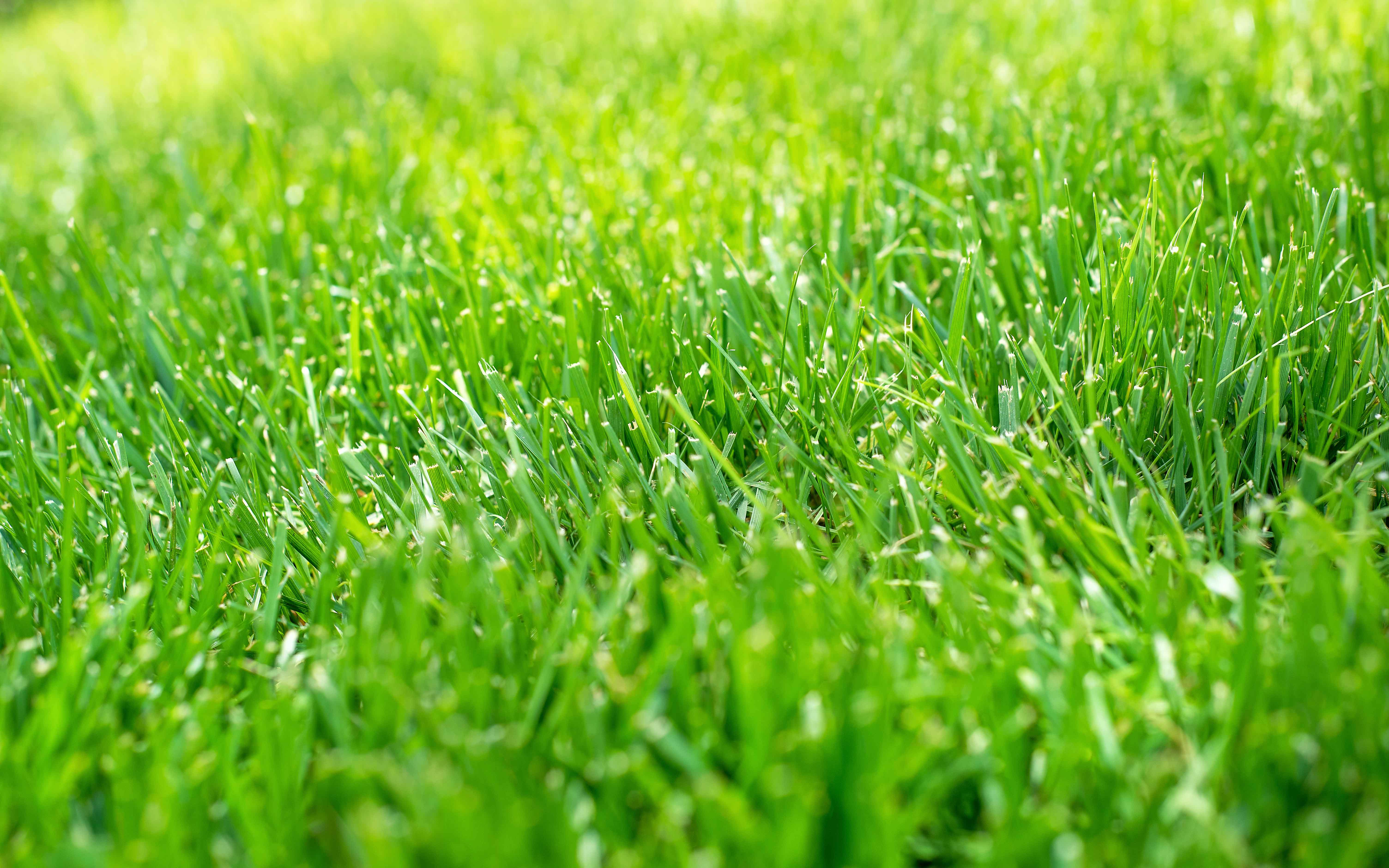Nutrition & Food
Grass makes up the largest food source in the world. Most of this includes non-ornamental grasses such as wheat, barley, and rice. However, grazing grasses are also a large food source for animals.

Grass makes up the largest food source in the world. Most of this includes non-ornamental grasses such as wheat, barley, and rice. However, grazing grasses are also a large food source for animals.
Grass roots hold the soil strongly in place and keep it from being disturbed when water or wind run over it. The soil sitting in place allows it to settle and become nutrient rich for plant growth.
Grass is often used in the production of paper, insulation, straw, and boards. It is an essential material in many materials that are used for shelter, construction, products, and much more.
A healthy lawn of grass produces enough oxygen for a family of 4 people. It does well even after the top of it has been chopped off (like we do when we mow) to create oxygen efficiently.
As their names suggest, they are both best suited to different climatic regions. Depending on what area of the country you live, your lawn will most likely have different types of grasses. In the south, grasses that can beat the heat fair better. Whereas in the north, grasses that can withstand harsh winters and cooler spring and fall seasons flourish best.

Warm season grass thrives in warm climates. It is finer than cool season grasses, and is often used for golf courses and sports fields.
While warm season grasses stay nice and bright green in the warm temperatures, as temperatures cool in the winter, they go into a dormancy period. In the dormancy period, they turn brown and conserve their resources until the warm temperatures return again in the spring, when it wakes back up and turns green again.
Long story short, warm season grasses are best suited for generally warm climates. Some examples of warm season grasses are–

Cool season grass thrives in cooler climates. It has thicker blades than warm season grasses, and is often used for front lawns because of its rich green color.
While cool season grasses stay nice and bright green in the cool temperatures, as temperatures warm in the summer, they struggle to not be burned by the hot sun. Lots of water is necessary to keep the grass from browning and wilting during this time, until the cooler temperatures return again in the fall, when it isn't so stressed by the summer sun so much. It will be much greener again at this point.
Long story short, cool season grasses are best suited for generally cooler climates. Some examples of cool season grasses are–
Awesome! Now that you've gotten a crash course on grass, you can better understand which grass is best suited for your lawn, as well as the importance of grasses to our lives and the lives of animals. From the promotion of soil health to oxygen production, there's more to grass than just looking pretty in front of your house (although we all can admit that a nice green lawn is breathtakingly beautiful). If you have any questions that we didn't answer here, check out the rest of our website, browse our Learning Center, check out our blog, or reach out and contact us for more helpful information about the ins and outs of your front lawn.
(During business hours)